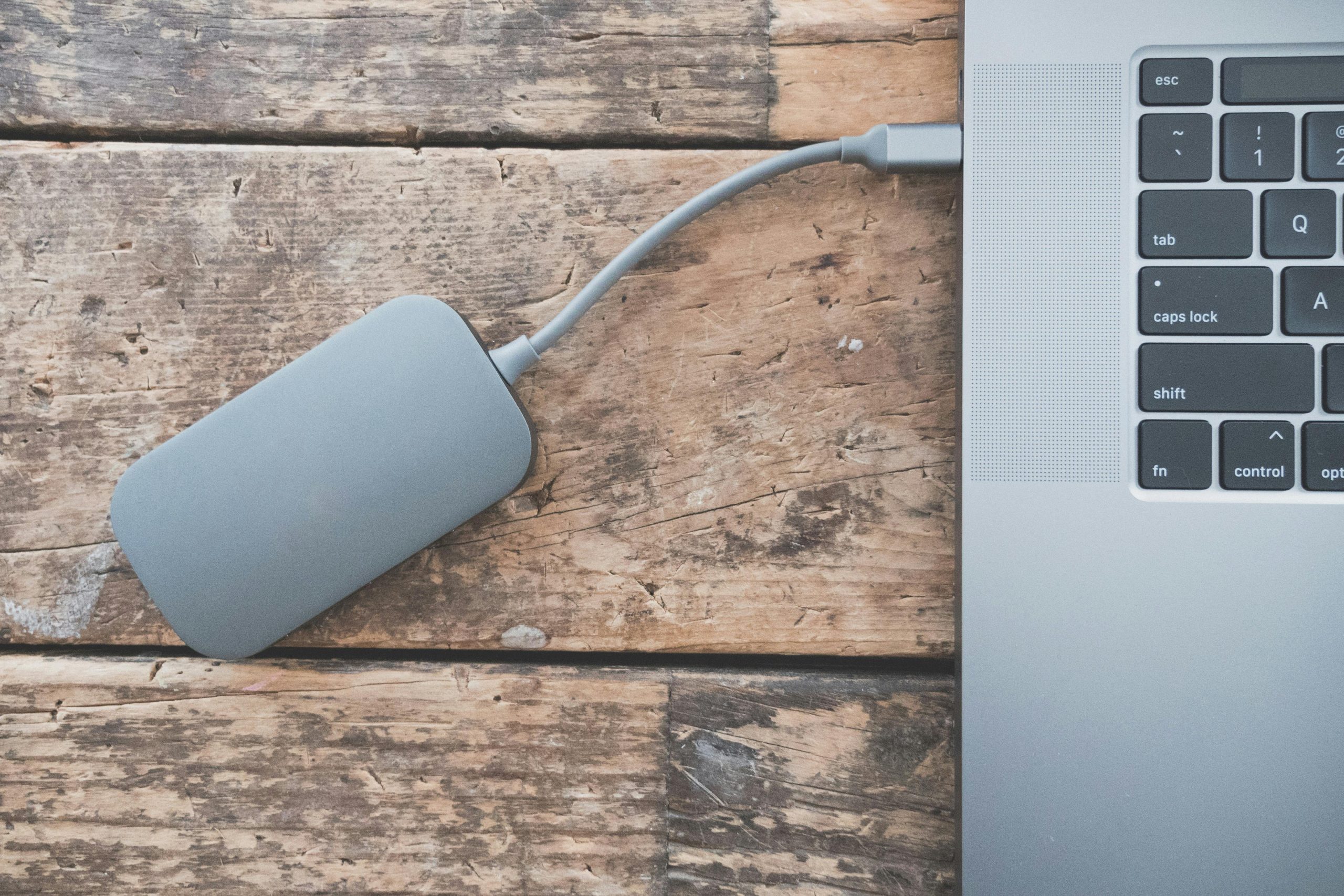Assessing the Safety of Powering Up a 20-Year-Old LaCie External Hard Drive
When technology ages, many users are often faced with the question: is it safe to turn on older hardware after years of inactivity? This is especially true for external storage devices storing valuable data, such as music collections, family photographs, or important documents. One common concern is whether a vintage external hard drive — like a 20-year-old LaCie model from 2005 — can be powered up without risking damage.
A Personal Story of Resilience and Preservation
In 2005, a user purchased a LaCie external hard drive to store an extensive MP3 music collection. The device survived Hurricane Katrina unscathed, even after the destruction of their home, and was carefully stored away afterward. Over time, circumstances changed: relocation, recovery, and the shift to streaming services gradually made the device’s data less immediate. Decades later, the user rediscovered the pristine-looking drive, still sealed in its packaging and seemingly untouched for 20 years.
The Dilemma: To Power or Not to Power
Now, the user is contemplating powering on the drive to transfer their music files to a reliable cloud service. The key question is whether powering it on after such a long period could damage the device — in other words, might the drive “destroy itself” simply due to age and inactivity?
Understanding External Hard Drive Longevity and Risks
While external drives are robust, they are also susceptible to certain issues over time:
- Mechanical components: Older drives with spinning disks (HDDs) may develop issues such as lubrication problems, corrosion, or bearing failures if left unpowered for extended periods.
- Electronic components: Capacitors and circuit boards can degrade, increasing the risk of failure upon powering up.
- Data preservation: Magnetic media can develop issues like data degradation, although this generally occurs over much longer periods.
Precautions and Recommendations
Before powering up a vintage external hard drive, consider the following:
- Visual Inspection: Check the device for any obvious signs of damage, corrosion, or dust accumulation.
- Clean Connectors: Gently clean the USB or Thunderbolt ports to ensure a good connection.
- Use a Protected Environment: Power the device in a static-free, well-ventilated area, preferably on an anti-static mat.
- Start with a Safe Power-Up: Connect the drive to a
Share this content:

